Everything You Want to Know About Istanbul: 10 FAQs for Travelers
Istanbul is one of the most impressive cities not only in Turkey but also in the world with its historical texture, cultural richness and unique geography. Millions of tourists visit this city every year, and many questions are asked about it. Questions such as 'When to go to Istanbul?', 'What are the places to visit in Istanbul?', 'How does public transportation in Istanbul work?' are the subject of curiosity for both first-time visitors and those who want to come again. In this article, you will find clear and up-to-date answers to the 10 most frequently asked questions about Istanbul as of 2025. Here is what you need to know before planning your Istanbul trip!
1. When to visit Istanbul?

Best times: Spring (April-June) and autumn (September-October) are the best times to visit Istanbul. During these months, the air temperature is around 18-25°C and nature awakens in the city; parks, coastal roads and the Bosphorus shores become colourful.
Summer (July-August): It is quite hot and humid. Especially during this period when the number of tourists increases, there may be density in popular areas. However, summer can also be an attractive time for Bosphorus tours, island hopping or coastal walks.
Winter (December-March): Cold, rainy and sometimes snowy. It is an ideal period for museums and indoor excursions. Also, accommodation and airfares are usually more affordable during this season.
2. What are the Must-See Places in Istanbul?

Istanbul is like an open-air museum. Many historical and natural beauties await you on both the European and Anatolian sides:
Hagia Sophia Mosque: Built in 537, this monumental structure combines Byzantine and Ottoman traces. As of 2020, it is being used as a mosque again.
Topkapi Palace: The palace, where Ottoman sultans lived for 400 years, houses holy relics, sultans' clothes and valuable collections.
Grand Bazaar: With over 500 years of history, it is a shopping paradise with thousands of shops from carpets to jewellery, ceramics to spices.
Galata Tower: 67 meters high, it offers the best view of the city. The tower is accessible by elevator, and there are restaurants and cafes on the terrace.
Basilica Cistern: This underground water reservoir from the Byzantine period attracts attention with its mystical atmosphere and Medusa head columns.
Dolmabahçe Palace: It is the last period palace of the Ottoman Empire. It fascinates with its crystal chandeliers, harmony with European architecture and Bosphorus view.
Pierre Loti Hill: This hill overlooking the Golden Horn is ideal for photography enthusiasts, especially at sunset. It can be reached by cable car.
In addition, Süleymaniye Mosque, Çırağan Palace, Rüstem Pasha Mosque, Ortaköy Mosque, Anadolu Kavağı, Maiden's Tower, Beylerbeyi Palace and Miniatürk should be added to your list.
3. Public Transportation in Istanbul

Istanbul's transportation infrastructure has been much more integrated and digitalised.
Main means of transportation: Metro, metrobus, tram, buses (IETT), sea buses (IDO), city line ferries, minibuses and minibuses.
Istanbulkart: Contactless, balance-loadable transportation card. Balance can be topped up, and public transportation history can be viewed via the mobile application.
Metro lines: Many lines, such as M1A (Atatürk Airport-Kirazlı), M2 (Yenikapı-Hacıosman), M4 (Kadıköy-Tavşantepe), M7 (Mecidiyeköy-Mahmutbey), M11 (Istanbul Airport-Gayrettepe) are spread throughout the city.
Sea transportation: Ferry lines such as Beşiktaş-Kadıköy, Eminönü-Üsküdar allow you to travel in a short time and with pleasure.
Alternative transportation: Martı (electric scooters), e-bikes, and shared scooter systems are also common.
Traffic warning: There is heavy traffic between 07:00-10:00 and 16:00-20:00. Metro or ferry should be preferred during these hours.
4. Is Istanbul a safe city?
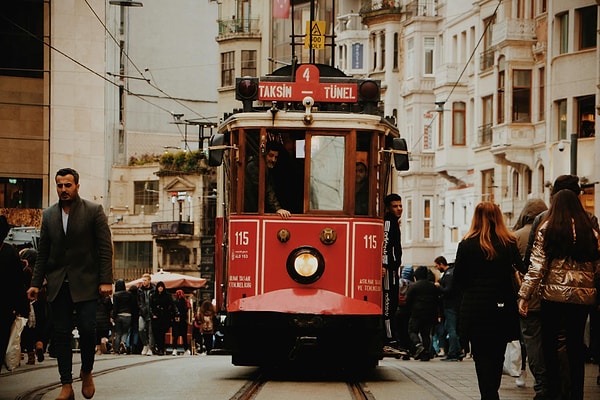
Istanbul is generally a safe city for tourists. However, there are some points to be aware of:
Pickpocketing: Be careful in crowded places (trams, Grand Bazaar, Taksim) and keep your bags and phones safe.
Nighttime: It is recommended to stay away from deserted streets. Foreign tourists, in particular, should choose to stay in safe neighbourhoods.
Tourist areas: Police, municipal police, and security guards patrol frequently.
Emergency numbers: 112 (health and emergency assistance), 155 (police), 110 (fire department).
5. What to eat in Istanbul?
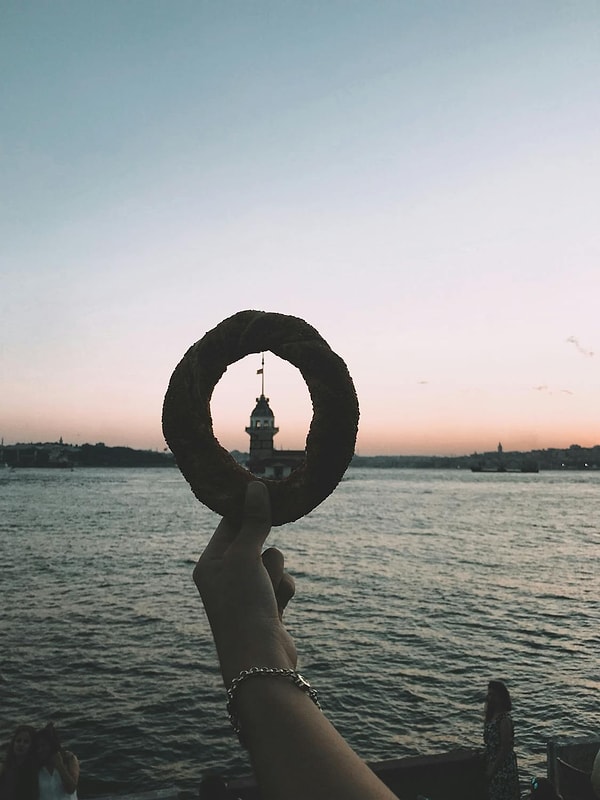
Istanbul is a gastronomic paradise. It offers options to suit every palate, from traditional Turkish cuisine to international cuisine.
Street food: Fish and bread (Eminönü), simit, stuffed mussels, kokoreç, wet hamburger (Taksim), kumpir (Ortaköy).
Restaurants: Local and gourmet restaurants such as Nusr-et, Çiya Sofrası, Karaköy Lokantası, and Pandeli stand out.
Desserts: Baklava (Karaköy Güllüoğlu), künefe, tulumba, lokum, sütlaç, and boza (Vefa Bozacısı).
Breakfast: Van breakfast (Kahvaltıcılar Sokağı - Beşiktaş), buffet breakfast (Çengelköy, Emirgan, Polonezköy).
Dining on the Bosphorus: Fish restaurants in Rumeli Hisarı, Arnavutköy, and Kuruçeşme are popular.
6. Is Istanbul expensive?
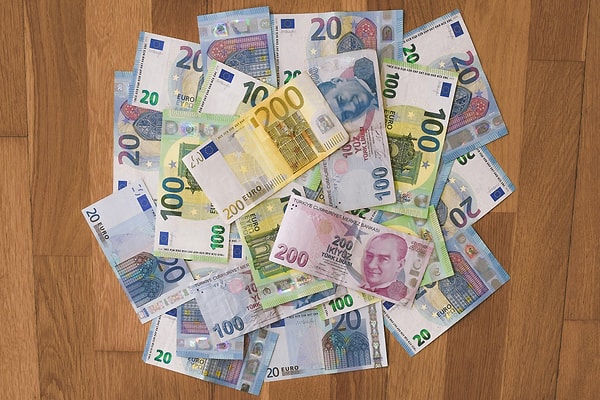
Istanbul is a large metropolis and caters to every budget.
Cheap alternatives: Street food, self-service restaurants, and boutique hotels.
Mid-range budget: Apartment rentals, Airbnb, 3-star hotels, and local restaurants.
Luxury options: 5-star hotels (Four Seasons, Ciragan Palace Kempinski, Soho House), Michelin-starred restaurants.
Average daily expenditure:
Budget traveller: 50–80 USD
Mid-range: 100–130 USD
Luxury traveller: 200 USD+
7. How many days should you spend in Istanbul?
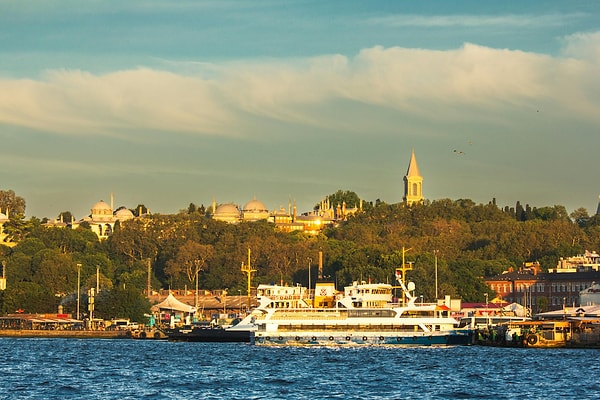
To explore Istanbul:
Minimum duration: 3 days (enough for the historic peninsula and Bosphorus tour)
Ideal duration: 5–7 days (for detailed tours covering both the European and Asian sides)
Long stay: For stays of 10 days or more, you can also visit the surrounding districts (Beykoz, Şile, Ağva).
Sample itinerary with daily planning:
Day 1: Sultanahmet, Hagia Sophia, Topkapı
Day 2: Galata, Karaköy, Taksim
Day 3: Bosphorus tour, Ortaköy
Day 4: Kadıköy, Moda, Üsküdar
Day 5: Palaces, museums, shopping
8. What are the best areas to stay in Istanbul?

Sultanahmet: Right in the heart of the historic district, within walking distance.
Taksim-Cihangir: An area with a vibrant nightlife, art galleries, and boutique hotels.
Beşiktaş-Ortaköy: Close to the Bosphorus, with a young population and a lively social scene.
Kadıköy-Moda: The heart of the Asian side, with alternative cafes, music, and an artistic atmosphere.
Galata-Karaköy: Both historic and modern, with Instagram-worthy hotels and apartments.
Şişli-Nişantaşı: Luxury stores, high-quality restaurants, and safe accommodation.
9. Where to shop in Istanbul?
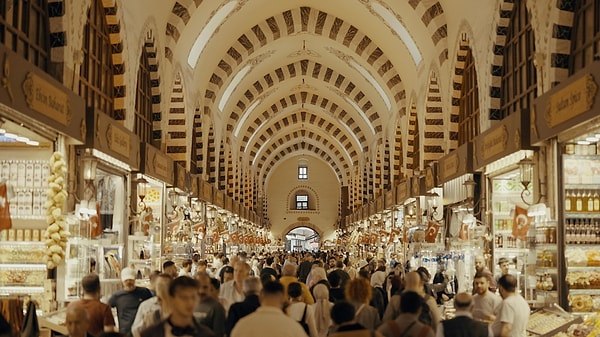
Kapalıçarşı: Carpets, jewellery, leather goods, traditional souvenirs.
Mısır Çarşısı: Spices, Turkish delight, dried nuts.
Bağdat Caddesi: The luxury shopping street of the Anatolian side.
Nişantaşı: Designer boutiques and international brands.
Kadıköy Market: Vintage shops, record stores, bookstores.
Malls: Large shopping centres such as Zorlu Centre, İstinye Park, Kanyon, Akasya, and Emaar Square.
10. How to reach Istanbul?

Airports:
Istanbul Airport (IST): Located in Arnavutköy on the European side. The metro line (M11) opened in 2023.
Sabiha Gökçen Airport (SAW): Located on the Asian side. Transportation is provided by airport buses, taxis, and the metro.
Transportation to the city centre:
Havaist (for IST) and HAVABUS (for SAW): The most common airport services.
Taxi/Uber/BiTaksi: Easily accessible but may be expensive due to traffic.
Metro connections: Direct transportation is possible via the Istanbul Airport – Kağıthane line.
Keşfet ile ziyaret ettiğin tüm kategorileri tek akışta gör!

Send Comment